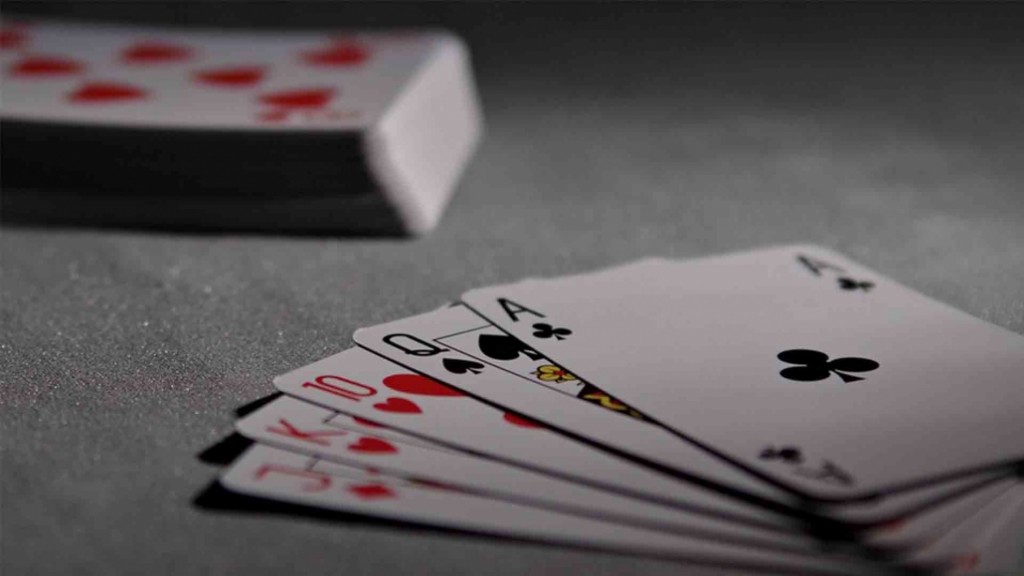
This time we will discuss an article on the psychology of poker written in an unexpected direction. The authors of the article aim to find out how information integration differs between profitable and unprofitable players. In poker, this ability is crucial, because, as the authors note, it is necessary to balance both exploiting the opponent's tendencies and hiding one's own. Theoretically, it is possible to play just completely randomly and be unintelligible, but this would sacrifice any profitability. How do the best players balance exploiting their opponent's mistakes with their own unpredictability?
To understand how the article analyses this aspect of poker, it is necessary to introduce the two terms used by the authors:
- Private information - in simple terms, this is information that the opponent cannot find out (e.g. hand held, thoughts on next steps, opponent's rank setting, etc.).
- Public information - what is visible to all players (e.g. flop/turn/priver cards, total pot, bets, etc.).
As in many other articles, in this one the authors used the Observe function to collect information about the hands played on Heads Up tables. This time both high and low buy-in games were observed (exact stakes are not specified). In total, 1.7 million hands were collected and an additional database of 9.2 million hands from 6-max and full ring games.
One aspect of Heads Up that is quite obvious to a poker player is that the distribution of the cards does not determine the profit earned over a significant number of hands. The variation in hand distribution, given enough tournaments, can even out fairly quickly and remain almost entirely a factor of ability.
The authors note that good and bad players differ significantly only in one aspect: information integration or synergy. In simple terms, this means that regular players are much more efficient at using all the information they are given and at integrating it into a coherent whole than novices.

The table below shows the differences in information processing. Significant differences exist only in the second and fourth parts of the table. The second shows that unprofitable players are much more reactive (i.e. their strategy is based much more on what is happening on the table than on theory or abstract understanding of the game).
The fourth part of the table is the most interesting. We can see a quite marked difference between the ability of unprofitable and profitable players to integrate all the information provided. In theory, this means that it is much harder for new players to understand the game states (flop/turn/river hitting the range, equity changing as the cards fall, and so on). This knowledge and understanding can be used in practice. Poor players will find it harder to understand complex situations such as playing in ISONAI or 3BNAI pots, easier to convince with bluffs and often their play in such pots will be close to ABC poker. Regular players should take note of this - if you are in a situation where it is profitable to play both flat and 3BNAI (or both check and ISONAI), for psychological reasons it will often be more profitable to choose a more aggressive play against the poorer players.





